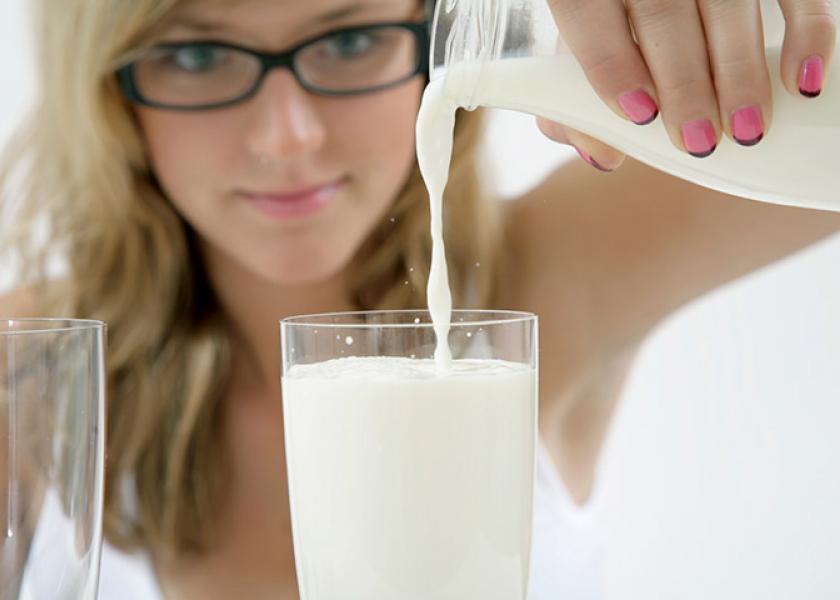Increasing Demand is Boosting Prices

There has been a sense of bullishness for milk prices much of this year so far. More people becoming vaccinated worldwide for the COVID-19 virus is providing a sense that risk of the virus is becoming minimized. Restaurants are opening up for dining in rather than only carryout. This has improved demand from the food service industry to fill the pipeline for meeting the increasing demand. The National Restaurant Association reported that about 59% of the population was eating out once per week prior to COVID-19. After the pandemic hit that number dropped to 16%. Their latest survey done in March, indicated 37% of the population is eating out once per week again. This is definitely a factor in overall dairy demand. Demand from the food service industry has increased much faster than anticipated as that sector of the economy was still struggling near the end of last year. It certainly appears people want to get back to their per-COVID-19 lifestyle. Of course, there will be some adjustments and things that will be different, but some normalcy will return.
The result of greater demand from the food service sector was clearly evident in the butter market. Price increased $0.63 since February 1st. The food service pipeline only had minimal supplies on hand to handle the reduced restaurant demand. That pipeline needed to be filled as restrictions were lifted for restaurants. Not only that; but exports of butter increased significantly toward the end of last year as lower price was competitive on the world market. Export demand increased dramatically increasing the need to produce butter for the export market to meet that demand. Not only were restrictions being lifted for restaurants for in the U. S., but also across much of the world.
All of this is positive to the market. The unanswered question remains as to how much increasing demand from the restaurant and food service industry will offset strong retail demand that was experienced last year. There will be some change, but it will be difficult to place a number on that. Historically, the food service industry is responsible for nearly half of domestic dairy demand.
Demand for whey has also increased substantially. Price has been in a long-term uptrend for quite some time. In fact, it has been in a steep uptrend since early July 2020 with price up 37 1/2 cents per pound since that time. Price is currently at the highest level since October 22, 2014. This has provided very strong support to the Class III price. Each penny move in dry whey equates to a 6-cent move in Class III. The increase since July has been responsible for $2.25 cents per cwt. of the Class III price. Strong exports for whey have been a large factor in the price increase. China has been the leader in that category importing 31% of the amount of dry whey exported during the three-month period from November through January.
Current demand for dairy products is not as good as it had been prior to COVID-19, but overall demand is coming back nicely. Whether that demand will continue limiting the amount of product moving to inventory supporting higher prices or if the pipeline will be filled slowing down some of the steady gains that have been seen will dictate price potential.
Robin Schmahl is a commodity broker and owner of AgDairy LLC, a full-service commodity brokerage firm located in Elkhart Lake, Wisconsin. He can be reached at 877-256-3253 or through their website at www.agdairy.com.
The thoughts expressed and the basic data from which they are drawn are believed to be reliable but cannot be guaranteed. Any opinions expressed herein are subject to change without notice. Hypothetical or simulated performance results have certain inherent limitations. Simulated results do not represent actual trading. Simulated trading programs are subject to the benefit of hindsight. No representation is being made that any account will or is likely to achieve profits or losses similar to those shown. There is risk of loss in commodity trading may not be suitable for recipients of this publication. This material has been prepared by an employee or agent of AgDairy LLC and is in the nature of a solicitation. By accepting this communication, you acknowledge and agree that you are not, and will not rely solely on this communication for making trading decisions.







